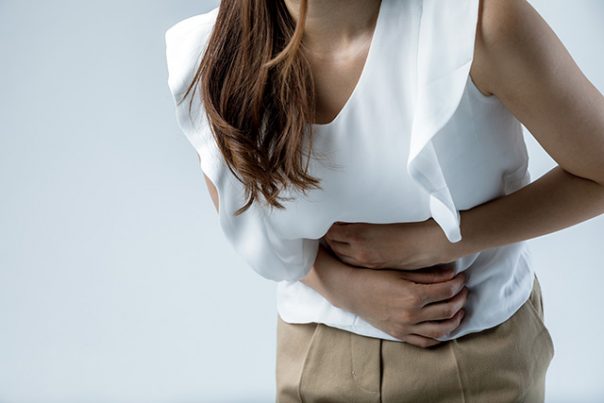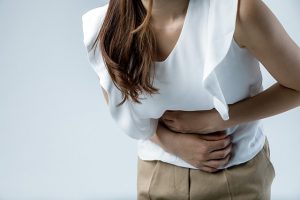
Diverticulitis – causes, side effects and treatments at NaturalPedia.com
Thursday, March 08, 2018 by Rhonda Johansson
http://www.naturalpedia.com/diverticulitis-causes-side-effects-and-treatments-at-naturalpedia-com.html

People who do not consume enough fiber are more prone to develop diverticula, which are small bulges or pockets that develop in the lining of the intestine. These diverticula do not present any symptoms and may live inside a person until their death without causing any harm.
If the diverticula become inflamed or infected, it becomes diverticulitis.
Early diagnosis is key to a speedier recovery and less expensive treatments. Left unchecked, diverticulitis can lead to rectal bleeding, abdominal infections, and colon obstruction.
The condition is more common in the Western hemisphere where poor diet choices force adults, and now even young children, not to consume enough fiber. In only a few years, medical professionals have seen a significant increase in the number of people being diagnosed with diverticulitis. Previous research had estimated that the inflammatory disease occurred more frequently among the elderly (typically those older than 80); however, people as young as 40 are now being observed as high-risk cases.
Known side effects of diverticulitis
Most people are unaware that they have diverticula as the simple stage of the condition has few to no symptoms. It is only when the diverticula develop into diverticulitis that people become concerned.
Common signs and symptoms of the condition include:
- Constipation or diarrhea
- Elevated white blood cell count
- Abdominal tenderness (particularly on the lower left side)
- On-and-off-again fever
- Chills
- Vomiting
Body systems harmed by diverticulitis
Diverticulitis affects the digestive tract, particularly the colon.
As people age, the muscular wall of the colon thickens. This means that the body needs to exert more energy to eliminate feces. If a person’s diet is not rich in fiber, the colon walls apply more pressure to pass stool. This leads to small and often hard stools that can damage the rest of the colon.
If one regularly passes stool that is hard and jagged, it can tear a lining in the anus.
Food items or nutrients that may prevent diverticulitis
The best way to prevent diverticulitis is to eat a lot of fiber. Fiber increases stool bulk and prevents constipation. It also relieves the pressure felt in the colon, which — theoretically — can prevent the formation of diverticula and the worsening of diverticulitis. Foods rich in fiber include legumes, beans, and whole grains.
There is also evidence that suggests that certain nuts, corns, and seeds plug diverticular openings and exacerbate existing diverticulitis. Doctors have asked patients to avoid eating popcorn, poppy seeds, and sesame seeds if there are suspicions of the condition.
Treatments, management plans for diverticulitis
Mild episodes of the condition are treated with bed rest and a clear liquid diet for a week. Patients may also be prescribed antibiotics and some medicine for pain and spasms.
In severe diverticulitis, patients may be given intravenous antibiotics. Surgery may be suggested for patients who have a persistent bowel obstruction or who are bleeding from their rectum.
Where to learn more
- Diet and Diverticulitis
- Treating Diverticulitis
- Use natural relief for diverticulitis
- A Holistic Approach to Treating the Symptoms of Diverticulitis
Summary
Diverticulitis occurs when small pouches lining the intestinal wall become inflamed.
This occurs when people do not consume enough fiber.
The condition is seen more often among the elderly and those who follow the Western diet.
Left untreated, it can lead to bowel obstruction and bleeding.
The best way to prevent it is to eat lots of fiber.
Sources include:
Tagged Under: Tags: diverticulitis






